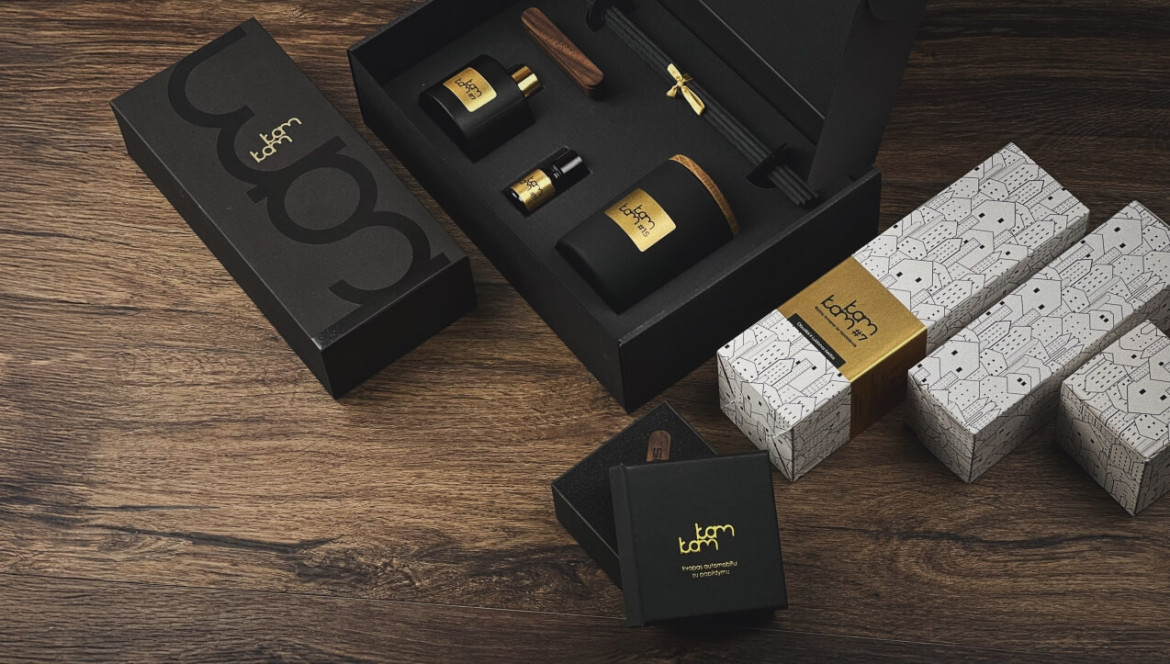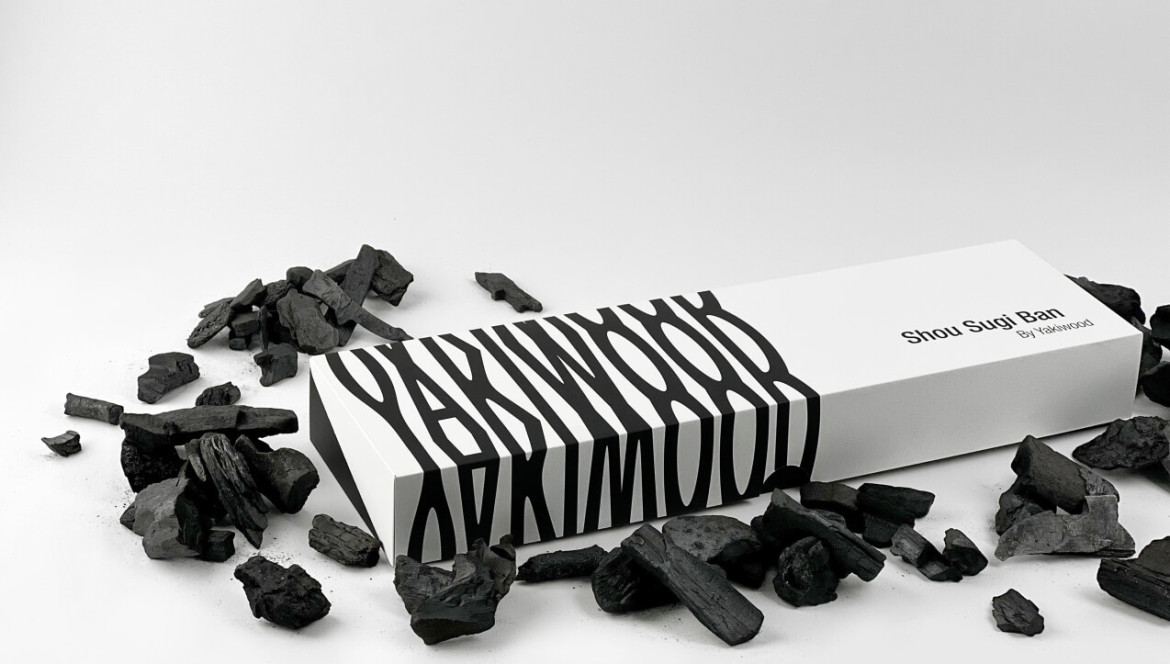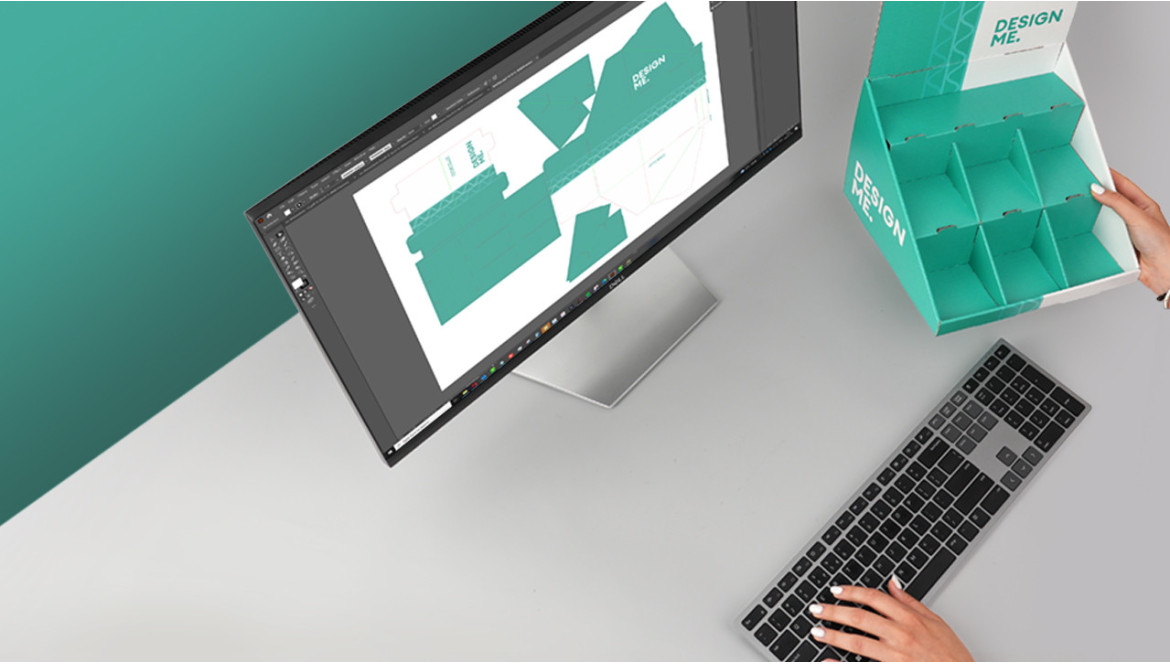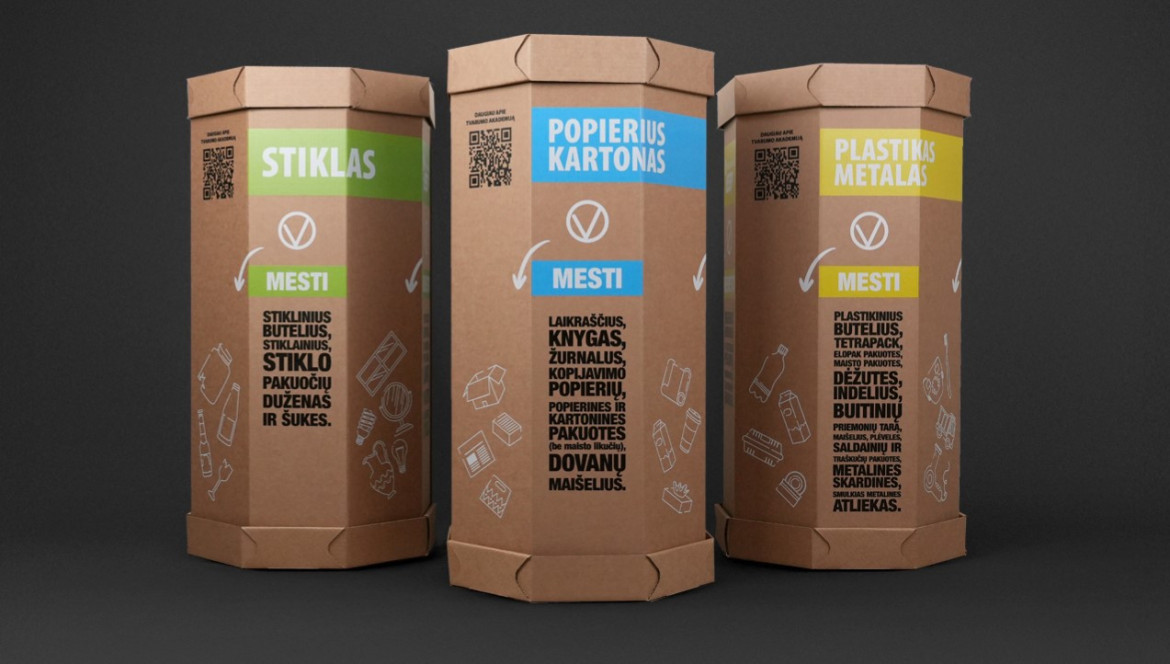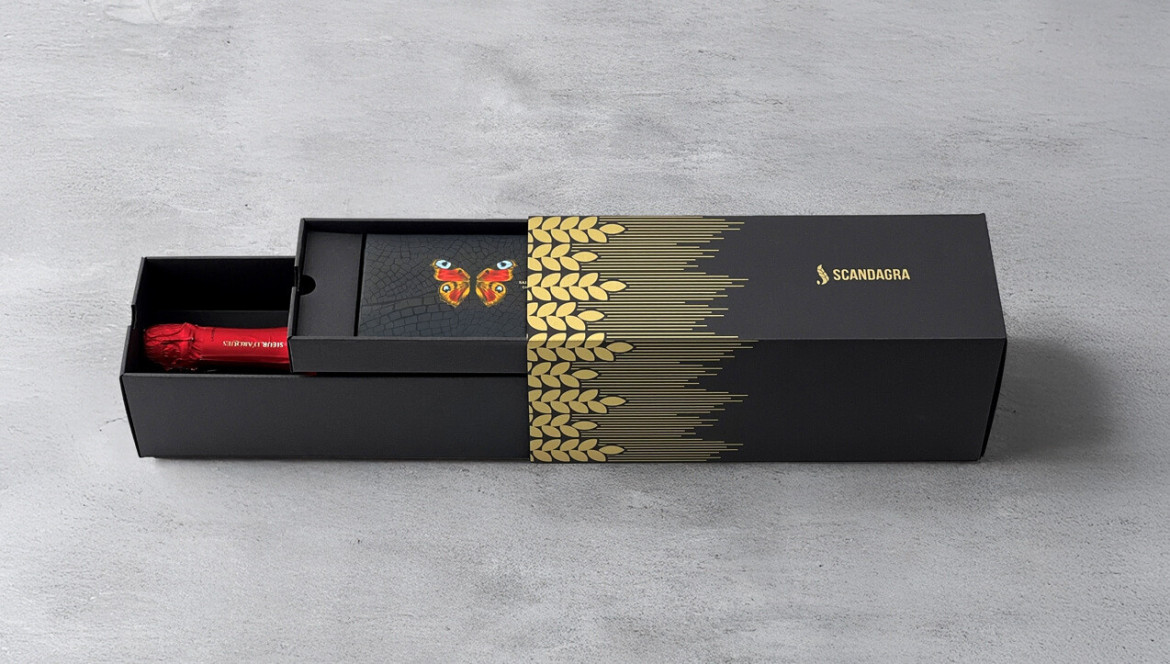Which Cardboard Boxes Can I Throw Into the Compost?
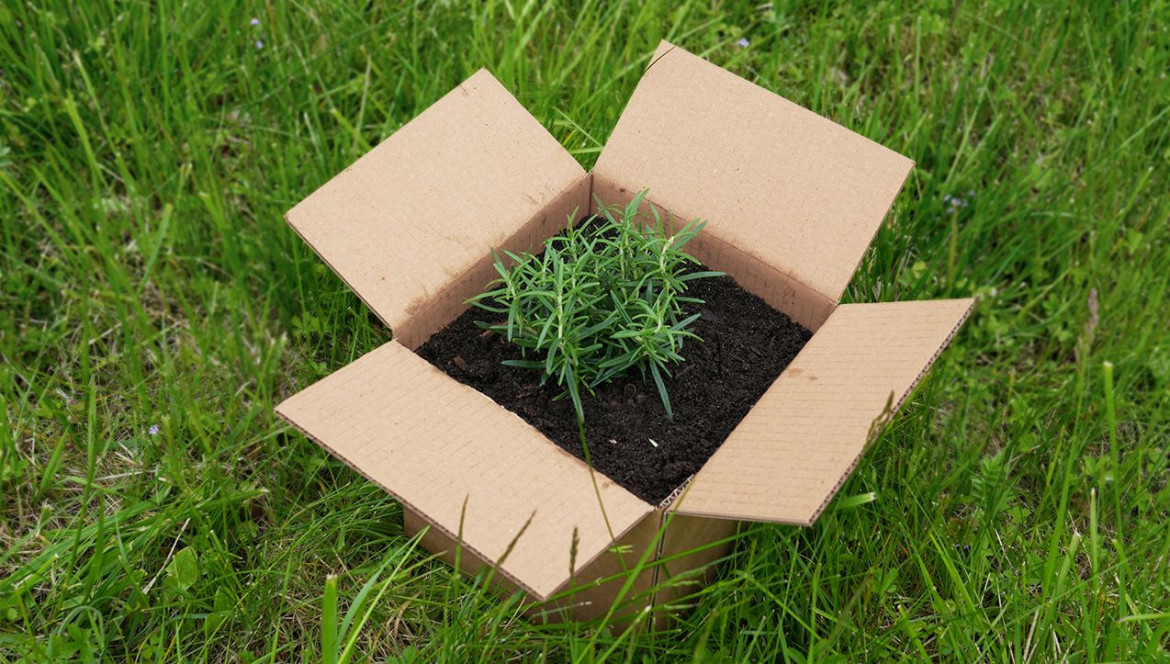
Cardboard boxes are often seen as eco-friendly packaging, but not all of them are suitable for composting. Composting is a sustainable way to manage organic waste and recycle biodegradable materials, but it is essential to know which types of cardboard are compost-friendly.
1. Plain Brown Corrugated Cardboard
Plain brown corrugated cardboard without coatings, wax, or plastic layers is one of the best options for composting. It breaks down quickly (in around 3 to 6 months under ideal composting conditions) and adds carbon to the compost, helping balance the nitrogen from food scraps.
Examples: Shipping boxes, packaging inserts, and paper bags.
2. Cardboard with Minimal Printing
Cardboard with minimal printing, such as black or water-based inks, is generally safe for composting. Avoid highly decorated or glossy prints as they often contain non-biodegradable substances.
Tip: Tear the cardboard into small pieces to speed up the decomposition process.
3. Cardboard Egg Cartons and Paperboard Boxes
Some paperboard boxes, like cereal or dry goods packaging, and cardboard egg cartons, can also be composted if they are free from plastic linings or metallic coatings.
Be careful: Avoid boxes with wax coatings or heavy lamination.
Avoid These Types of Cardboard in Compost
- Wax-coated or plastic-lined boxes: These coatings prevent the material from breaking down.
- White corrugated boxes: White cardboard is often bleached and may contain chlorine or other chemicals that can disrupt the composting process.
- Grease-stained cardboard: While small amounts are acceptable, large grease stains can disrupt the composting process.
- Boxes with stickers or tape: Remove any adhesive materials before adding to compost.
Why Composting Cardboard Boxes Matters
- Reduces landfill waste: Composting helps divert biodegradable materials from landfills.
- Enriches soil: Cardboard adds valuable carbon to compost, which improves soil structure and fertility.
- Supports a circular economy: Proper composting practices contribute to a more sustainable and eco-friendly waste management system.
- Encourages earthworm growth: Plain brown corrugated cardboard provides an ideal environment for earthworms, attracting them to compost piles where they produce nutrient-rich castings that enhance soil health.
Additional Benefits for Soil Composition
- Improved moisture retention: Decomposed cardboard increases organic matter in the soil, improving its ability to hold moisture.
- Aeration: Shredded cardboard keeps the compost pile light and well-aerated, preventing compaction and supporting oxygen-loving microbes.
- Balanced compost mix: Cardboard contributes carbon ("brown" material), which balances nitrogen-rich ("green") materials like food scraps, creating an optimal environment for microbial and earthworm activity.
How to Compost Cardboard Effectively
- Shred or tear the cardboard into small pieces to increase surface area and speed up decomposition.
- Moisten the cardboard to help it break down faster, especially in dry compost heaps.
- Layer the cardboard with nitrogen-rich materials like food scraps or grass clippings for a balanced compost mix.
By knowing which types of cardboard are compostable and following best practices, you can make your composting efforts more efficient and sustainable.







